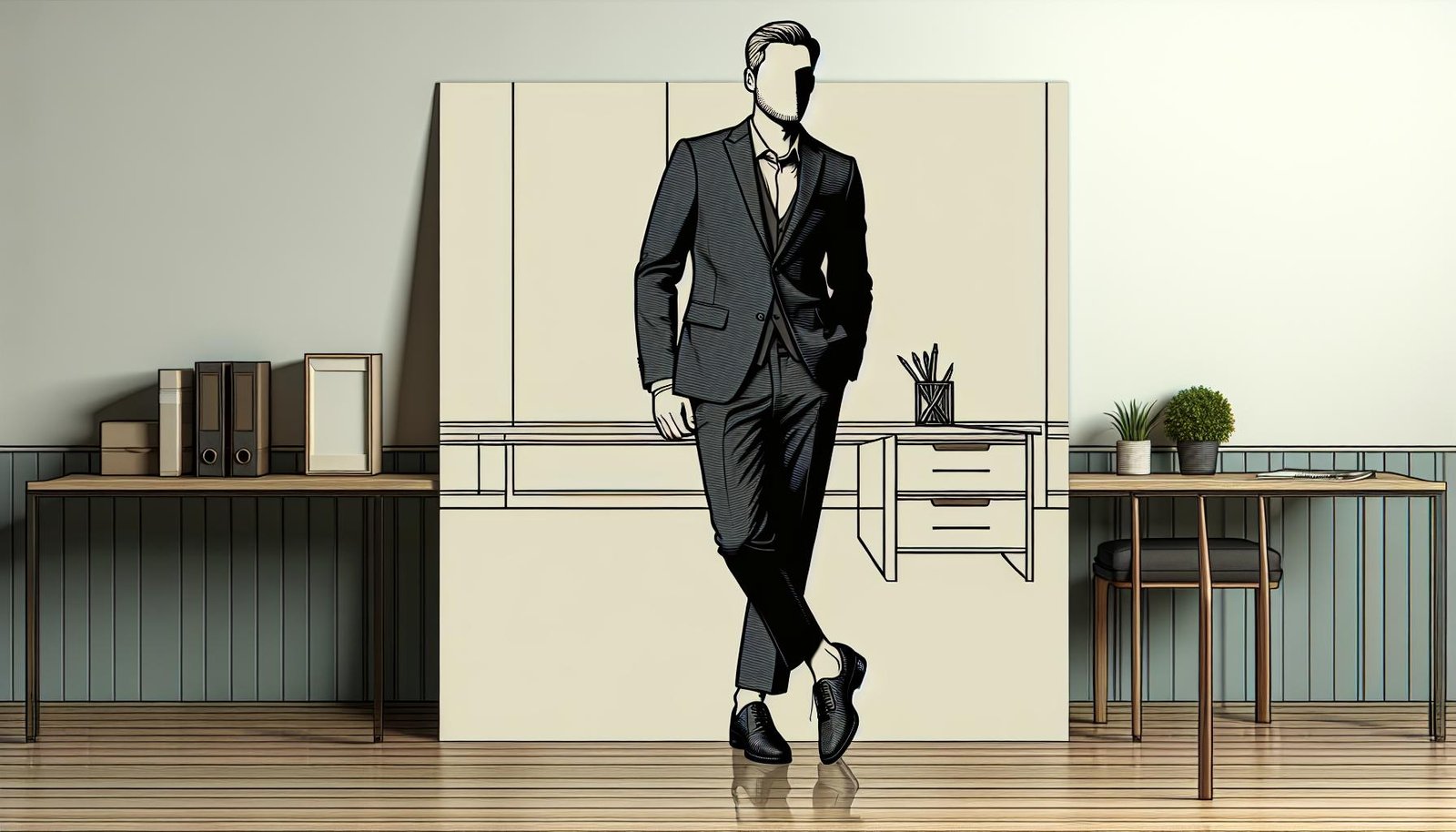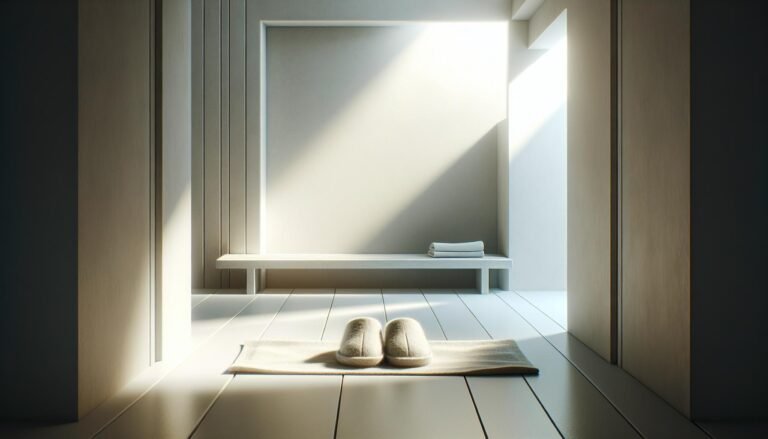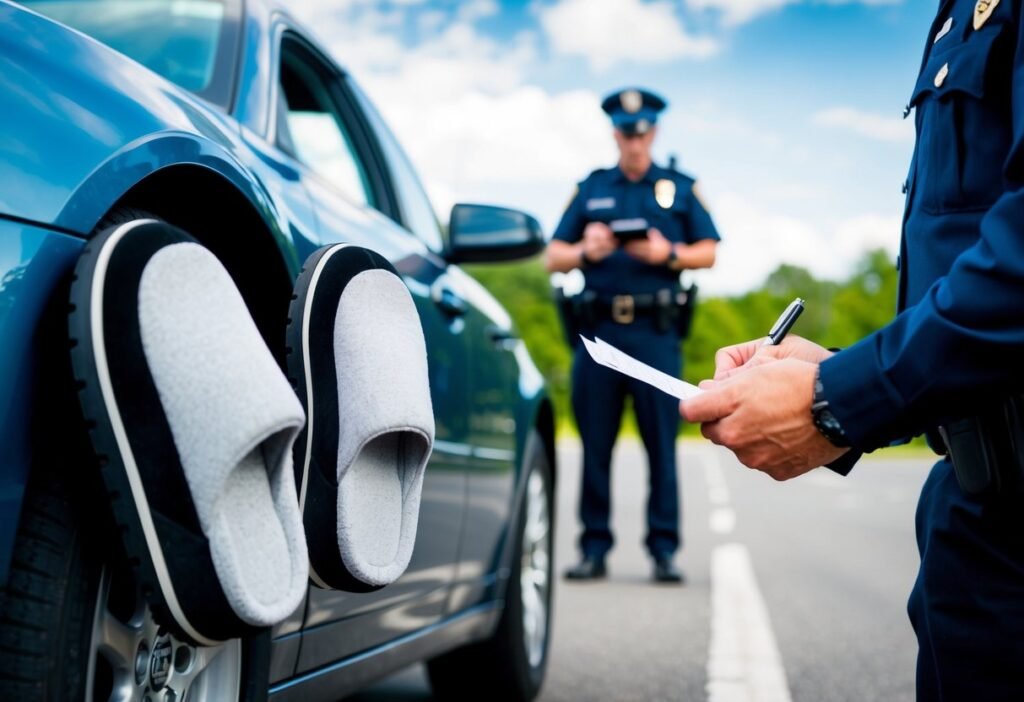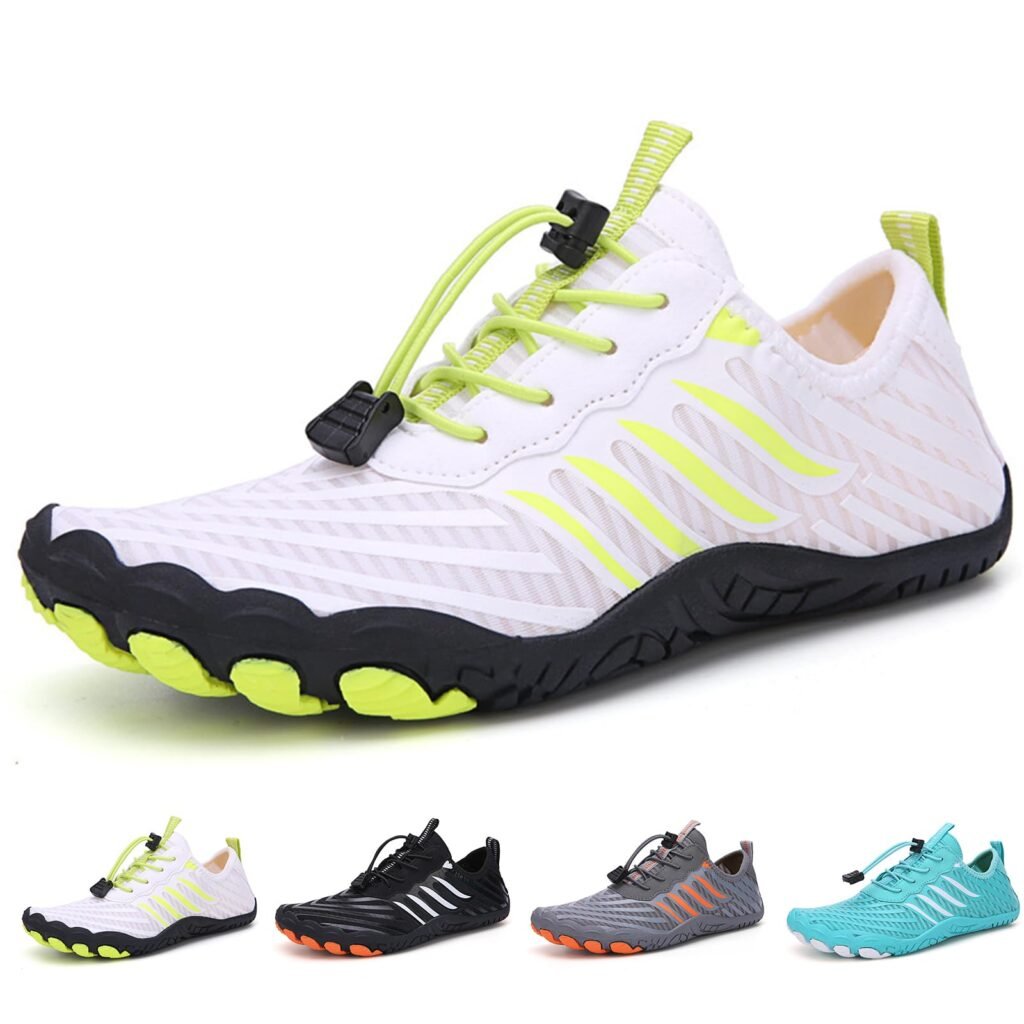Should Shoes Match Your Shirt or Pants? A Stylish Guide to Coordinated Outfits
Choosing the right outfit can be a daunting task, especially when it comes to matching shoes with either your shirt or pants. This seemingly small decision can significantly impact your overall look, making it essential to understand the nuances of color coordination and style.
Fashion experts often debate whether shoes should complement the shirt or the pants, each side presenting compelling arguments. By understanding the principles behind these choices, anyone can elevate their wardrobe and make more confident fashion decisions. Dive into the intricacies of this style dilemma and discover the best approach for your personal aesthetic.
Key Takeaways
- Cohesive Outfits Enhance Confidence: Properly matched outfits create a cohesive look and project a well-thought-out image, influencing social and professional perceptions positively.
- Color Coordination Basics: Knowing complementary and analogous colors helps in matching outfits. Neutral colors provide flexibility and limiting to three main colors avoids clutter.
- Benefits of Matching Shoes with Pants: Streamlines and visually extends the outfit, ideal for formal occasions and simplifies coordinating the rest of the attire.
- Benefits of Matching Shoes with Shirt: Highlights upper body and encourages creativity, ideal for casual settings and special occasions.
- Consider Occasion and Style: Match choices should consider the formality of the event and personal style preferences to ensure appropriate and stylish outcomes.
- Successful Outfit Examples: Examples include casual combos like jeans with sneakers and formal options like a charcoal suit with black oxfords, showcasing versatile and stylish outfit combinations.
Understanding Clothing Coordination
Matching outfits impact one’s appearance significantly by creating a cohesive look. When components of an outfit align properly, they project a well-thought-out image. People often judge others based on their attire, so coordinating clothing can influence perceptions in social and professional settings. Proper matching also enhances confidence. Those who feel their outfit is well-coordinated project positive energy and self-assurance.
Basic Principles of Color Coordination
Color coordination forms the foundation of outfit matching. It involves understanding complementary and analogous colors. Complementary colors, like blue and orange, create contrast, making each piece stand out. Analogous colors, such as blue and green, offer harmonious blends that are pleasing to the eye. Using the color wheel can simplify the process of identifying these groups.
Neutral colors (black, white, gray, beige) offer flexibility. They can pair with almost any color, providing a safe choice for those uncertain about bold combinations. Limiting the palette to three main colors also prevents an outfit from appearing cluttered. Using one dominant color, with two accent colors, achieves balance.
Should Shoes Match Shirt or Pants?

The dilemma of matching shoes with either the shirt or pants sparks various opinions among fashion experts. The key lies in understanding the pros of each approach to make an informed and stylish choice.
Pros of Matching Shoes with Pants
Matching shoes with pants aids in creating cohesive outfits. When shoes and pants share a color or a shade, the outfit appears streamlined and visually extended, which is particularly beneficial for shorter individuals looking to add height. For formal occasions, dark pants paired with matching shoes bring a polished, professional look. This combination works effectively in business settings, where a uniform appearance is often preferred.
Shoes matched with pants also simplify the task of coordinating the rest of the outfit. If shoes match pants, the choice of shirt becomes more flexible, allowing for bolder colors and patterns without clashing with the footwear. Casual settings benefit from this approach as well, where denim jeans paired with brown or black shoes offer versatile options for various shirt types and colors.
Pros of Matching Shoes with Shirt
Matching shoes with a shirt highlights upper body elements and brings a more dynamic aspect to the outfit. This approach is especially useful for drawing attention away from particular features or for accentuating the face and torso. Casual outfits, such as a white t-shirt paired with white sneakers, provide a clean, fresh appearance ideal for relaxed environments.
For special occasions, creative color coordination between shoes and a shirt can make a memorable impression. Bright, contrasting colors can reflect a vibrant personality and display confidence. Patterned shirts coordinated with similar patterned shoes showcase a consistent stylistic theme, giving an expressive touch to the ensemble. This method encourages experimentation while maintaining an overall balanced look when accessories share complementary shades.
Understanding the context and purpose of the event assists in making an informed decision on whether to match shoes with the shirt or pants. Balancing these aspects helps in crafting an outfit that not only adheres to fashion principles but also aligns with personal style preferences.
Factors Influencing Match Choices

Occasion and Formality
The formality of an occasion often dictates how shoes should match with shirts or pants. For formal events, aligning shoe color with pants is ideal as it creates a seamless and sophisticated appearance. Black pants paired with black shoes, for example, are perfect for formal settings like business meetings or weddings. Casual occasions simplify the dress code, giving flexibility to experiment with matching shoes to the shirt. A blue shirt paired with blue sneakers suits a relaxed weekend outing. Assessing the event’s formality ensures appropriate and stylish choices are made.
Personal Style and Preference
Personal style heavily influences match choices in an outfit. Some prefer monochromatic looks by matching shoes with pants, creating a streamlined effect. Others enjoy a more vibrant approach, aligning shoes with shirts for a bolder, eye-catching look. Coordinating a red shirt with red shoes, for example, allows for creative expression and stands out in casual settings. Understanding one’s unique style preferences helps guide the matching decision, ensuring that outfit choices align with individual tastes and comfort levels.
Examples of Successful Outfit Combinations

Casual Outfits
For casual outfits, flexibility in coordinating shoes, shirts, and pants allows for numerous creative combinations. Choosing sneakers, loafers, or casual boots, which add a relaxed vibe to the look, can generate successful casual combinations.
- Jeans and Sneakers: A classic white t-shirt with blue jeans pairs well with white or neutral-colored sneakers. This combination balances simplicity and style.
- Chinos and Loafers: Opt for light-colored chinos with a pastel or white shirt, complemented by brown loafers. This setup provides a casual yet polished appearance.
- Shorts and Boat Shoes: Combine navy shorts with a striped polo shirt and beige boat shoes for a coastal-inspired look. This combination is perfect for summer outings.
Business and Formal Attire
Business and formal attire require precision in matching shoes with either the shirt or pants to maintain a polished look. For such occasions, prioritizing shoe color alignment with pants helps achieve a coordinated and sophisticated appearance.
- Charcoal Suit and Black Oxfords: Pair a charcoal suit with a light blue shirt and black oxfords. This combination conveys professionalism and adherence to traditional formal dress codes.
- Navy Suit and Brown Brogues: Choose a navy suit, a white dress shirt, and brown brogues. The contrast between the navy and brown adds depth while maintaining formal integrity.
- Grey Trousers and Black Dress Shoes: Opt for grey trousers, a crisp white shirt, and black dress shoes for a versatile and timeless business look suitable for various formal occasions.
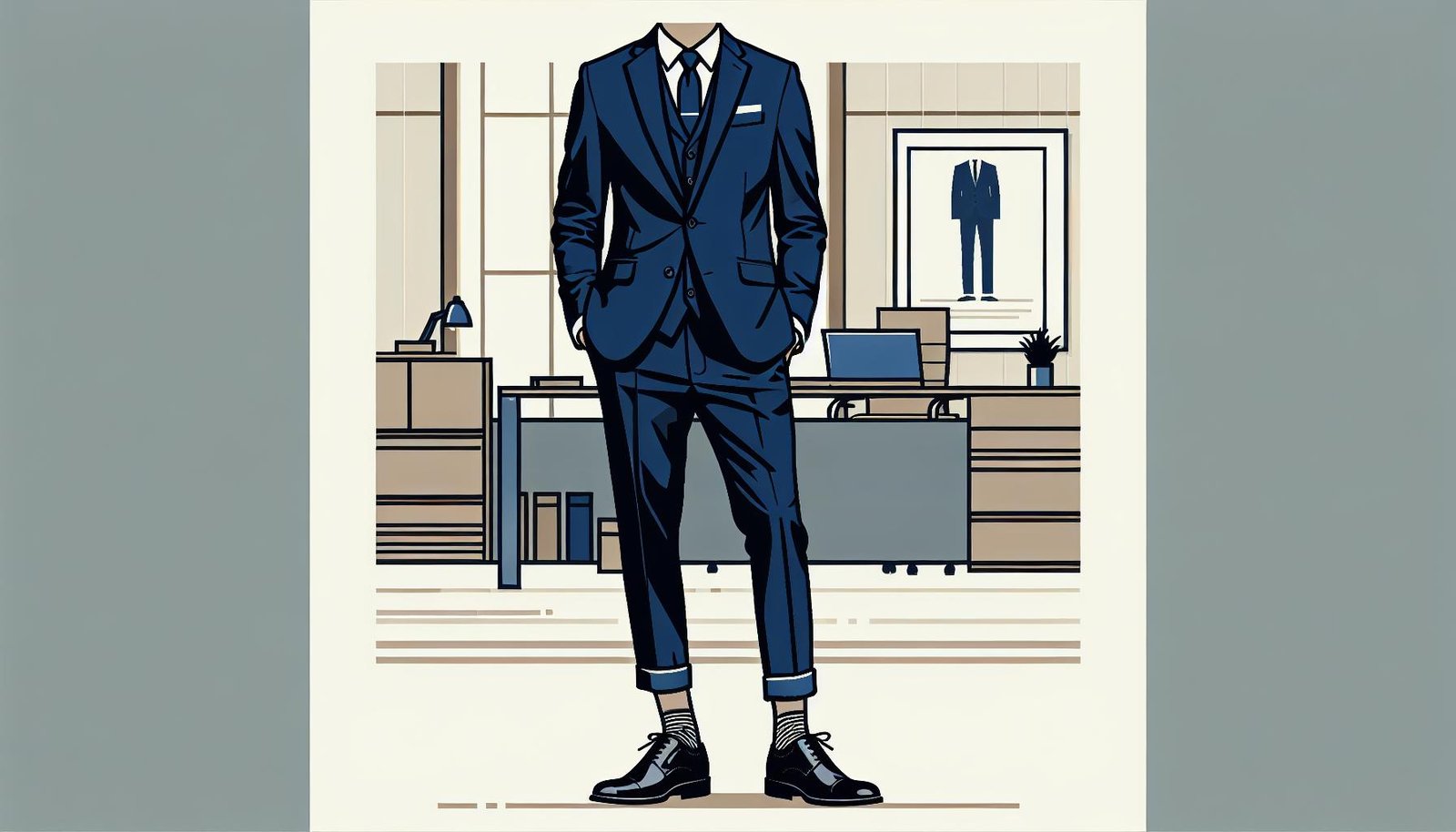
Ultimately the choice between matching shoes with the shirt or pants depends on the desired look and occasion. Casual settings offer more freedom for creative combinations while business and formal attire benefit from precise shoe-pant alignment. By considering these guidelines individuals can confidently craft stylish and appropriate outfits for any event.
Frequently Asked Questions
Should shoes match the shirt or the pants?
It depends on the occasion. For casual outfits, creative combinations are great. For business or formal attire, match the shoes with the pants for a polished look.
What are some examples of casual outfit combinations?
Some examples of casual outfits include jeans with sneakers, chinos with loafers, and shorts with boat shoes. These combinations offer flexibility and style.
What are ideal shoe and suit combinations for formal settings?
In formal settings, precise matching is key. Try combinations like a charcoal suit with black oxfords, a navy suit with brown brogues, or grey trousers with black dress shoes.
Is there more flexibility in matching shoes for casual or formal outfits?
Casual outfits offer more flexibility in shoe matching, allowing for creative and varied combinations. In contrast, formal attire requires more precision to maintain a sophisticated appearance.
Why is it important to match shoes with pants in business attire?
Matching shoes with pants in business attire creates a cohesive and polished look, essential for maintaining a professional and sophisticated appearance.
Can I wear creative shoe and shirt combinations in casual settings?
Yes, casual settings are perfect for experimenting with creative shoe and shirt combinations, reflecting personal style and adding a unique touch to your outfit.

